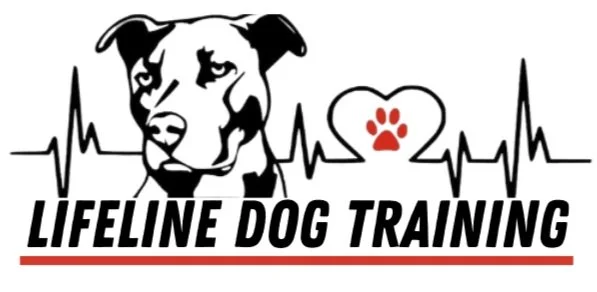The Truth About Dog Training
Most dog trainers would agree there is no one way to train a dog, even though many other trainers try to make this the case with positive reinforcement training. Balanced dog training uses all four quadrants of operate conditioning, so rewards and punishments or corrections are used in training. Positive reinforcement or reward-based trainers label balanced training inhumane, harsh, and outdated. What positive-only trainers won’t tell you is balanced training overlaps with many training methods, positive reinforcement or reward-based training being one of them. Instead of corrections, an all-positive or reward-based trainer withholds rewards, uses time-outs, and ignores unwanted behavior.
Balanced dog training
No corrections or punishments are used in the learning phase of balanced dog training. When your dog doesn’t get something right, they just don’t get rewarded (which technically is a punishment). This gives your dog the opportunity to learn without being corrected, which could make them shut down and stop trying.
All-positive reinforcement or reward-based trainers are limited because they don’t use corrections or some training tools like e-collars. A better way to describe a balanced trainer would be a “hybrid trainer” because they use all safe and effective techniques and training tools. No trainer should rely on using tools to train a dog, but balanced dog trainers use them because they help dogs learn or stop unwanted behavior faster and help people who are not dog trainers handle their dogs better.
Lifeline Dog Training
Rewards, corrections, timing, bonding, & markers are all used in our balanced training approach.
Corrections & punishments.
Corrections are not introduced until a dog has learned a cue or behavior. The purpose of a correction is to change behavior, not hurt, injure, scare, or punish a dog. Also, corrections or punishments are anything used to make unwanted behaviors happen less or stop. It doesn’t have to be physical, harsh, or inhumane. Also, they’re different for every dog. An E-collar correction wouldn’t be used for a dog that only needs a verbal warning. But that same dog may need a correction from an E-collar depending on the situation, distraction, or trigger. The goal of every trainer should always be to use the least aversive technique that gets a dog to change an unwanted behavior.
The timing of rewards & corrections
For a dog to associate a behavior with a consequence, good or bad (reward or correction), it needs to happen within a second of the behavior. Since doing this consistently is impossible, markers are used as a bridge to connect the space in time. They also mark the exact behavior so your dog knows what made the reward or correction happen. So the process would be to you would use a marker within a second of the behavior, pause for a second, and then give your dog the reward or correction. This lets your dog know a reward or correction is coming and the exact behavior they’re being rewarded or corrected for.
Consequences drive behavior
Parts of changing your dog’s behavior can be very complex, but what it comes down to is it takes positive and negative consequences to teach your dog to do or stop doing something. Your dog lives in the moment, and immediate consequences are what drives your dog’s behaviors.
Need help with your dog?
Lifeline Dog Training, led by owner and trainer Kris Webber, makes it easy to get help with your dog in Cleveland, Ohio. Lifeline provides convenient drop-off, in-home, and board & training programs. Get in touch with me today for a free phone consultation.



